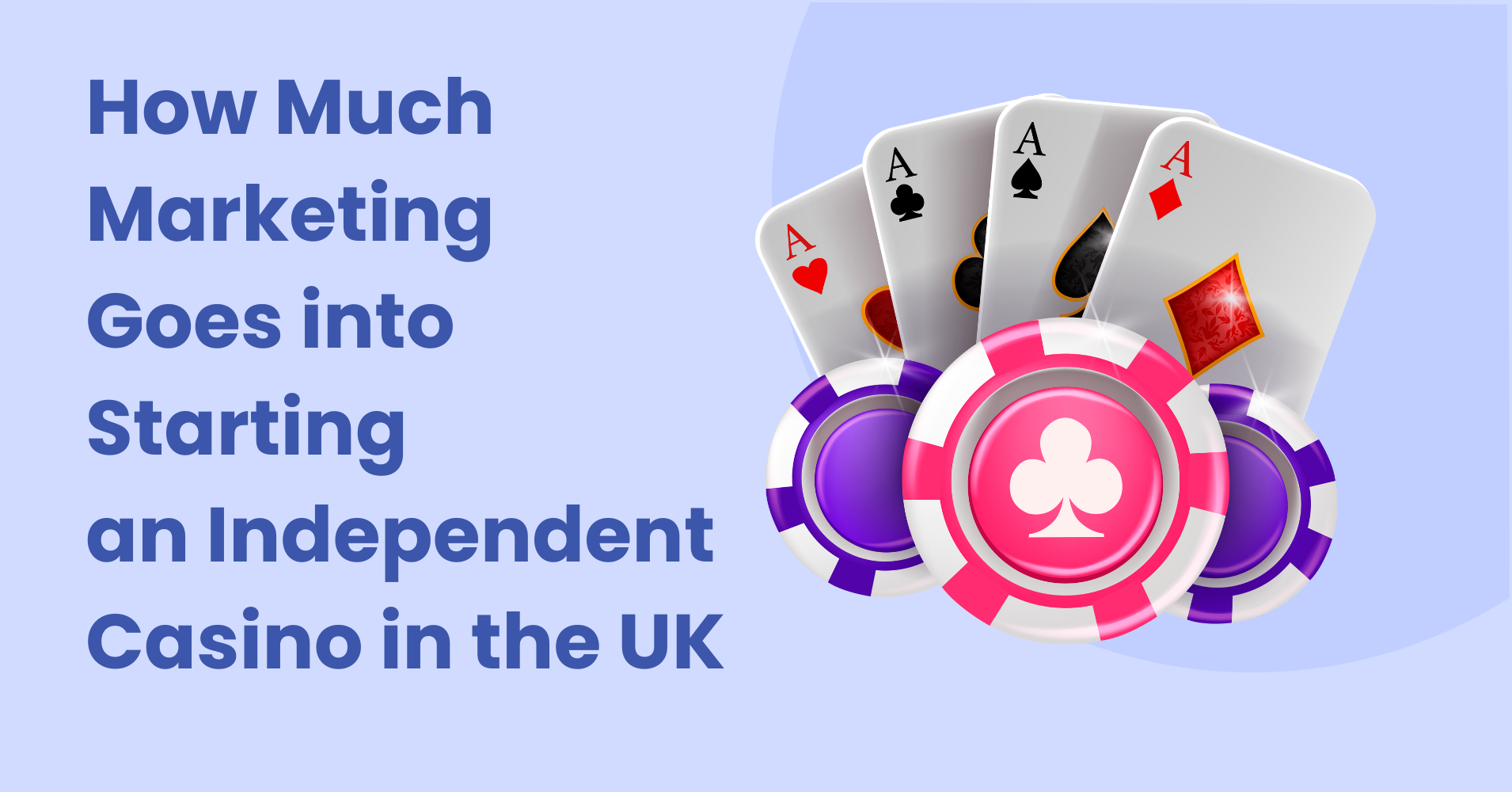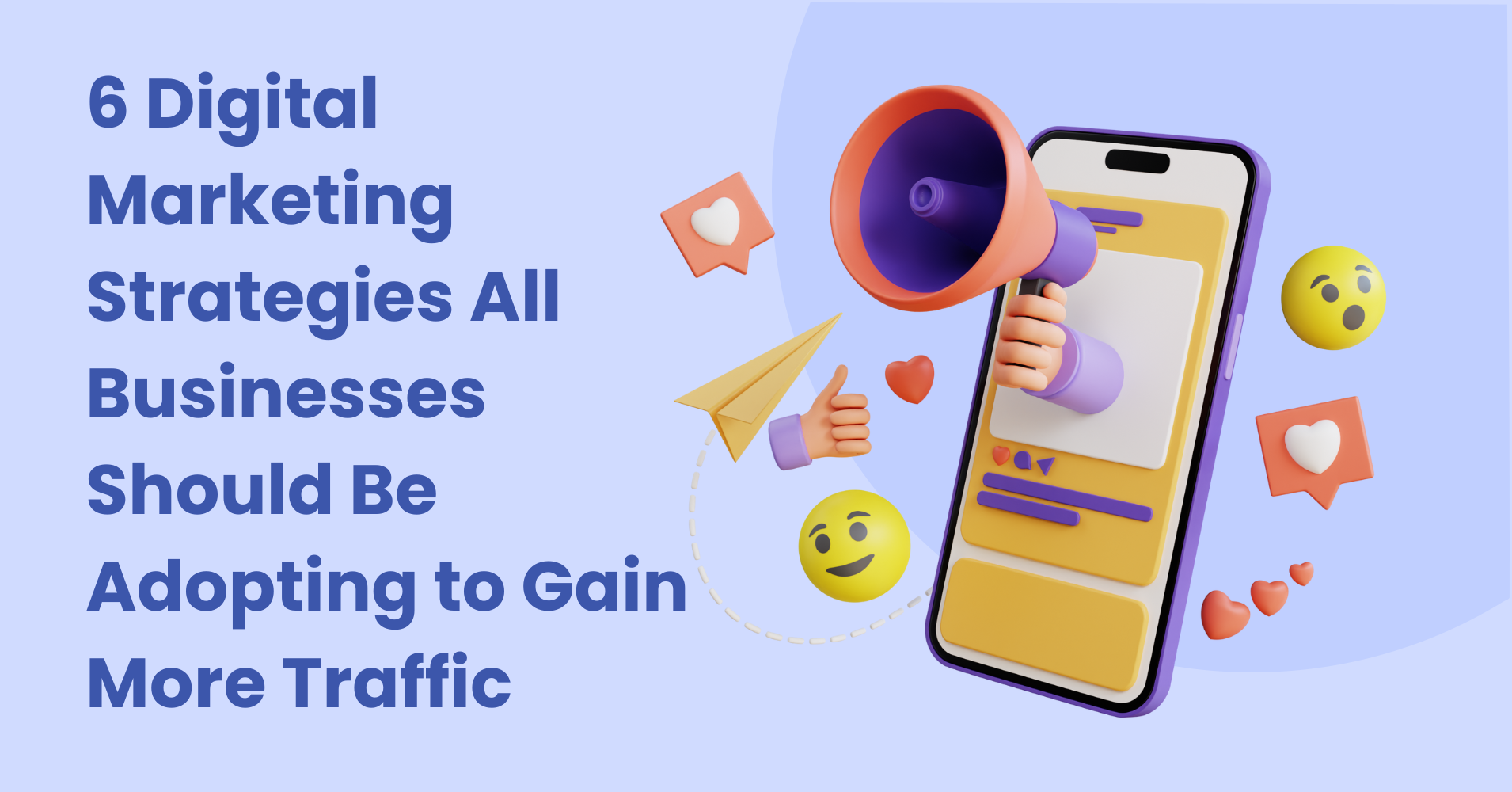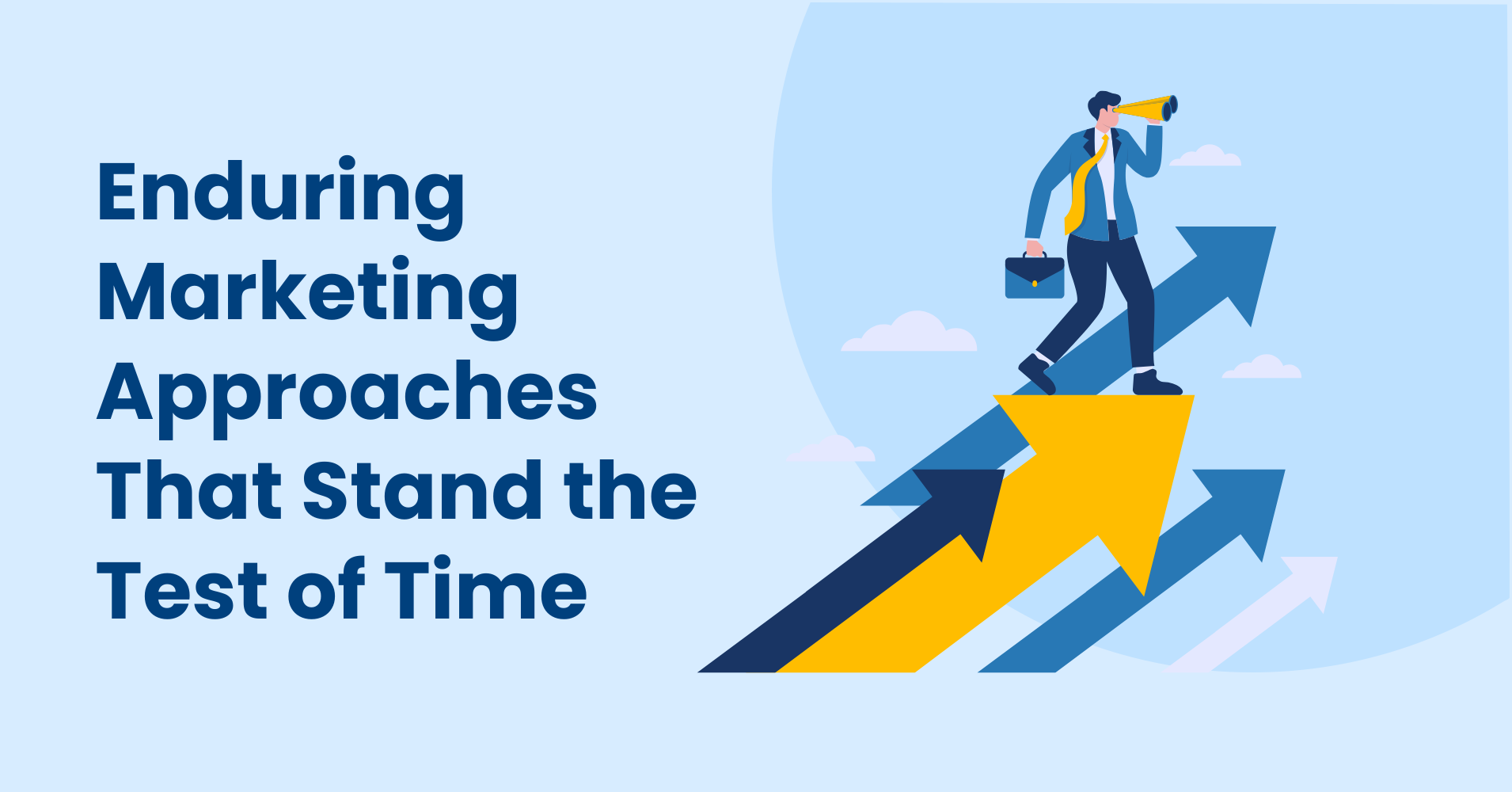Since 2021, the pace of change in promoting gaming and poker sites seems almost relentless. Instead of old-school approaches, digital channels have, well, just about taken over. The playing field is shaped by more regulations now, and with player habits always in flux — not to mention the competition that never lets up — it’s no wonder operators keep looking for new ways to get noticed.
There’s a Statista report floating around that suggests global online gambling revenue went well past $90 billion in 2023, largely due to increasing online and mobile use. It’s usually digital specialists who get called in to tackle those challenges of user acquisition and retention, leaning on technical strategies and whatever measurable tactics might work.
Search engine optimization and affiliate marketing drive user acquisition
When it comes to growing a gaming website, SEO and affiliate marketing more or less form the backbone—at least, for most operators. The biggest poker sites, in particular, seem to pour plenty of effort (and probably budget) into smart site structure, keyword focus, backlink building—the works. EvenBet Gaming, for instance, points out that competitor analysis sometimes uncovers smaller search phrases that, over time, do a lot of the heavy lifting in terms of quality traffic.
Plus, with mobile-friendly landing pages that show up in search, these brands tend to capture more eyeballs. In 2023, 57% of visits to leading poker brands apparently came from organic search, at least according to Digital Third Coast. Affiliates help broaden the net, using their own followings and pushing out unique codes or deals, while operators track all this on dashboards that double as commission calculators. The affiliate model, naturally, gets even more valuable wherever direct ads are banned or limited—it’s about reach but also about measuring every click, even if “effectiveness” is always a moving target.

Social media engagement and influencer partnerships build brand visibility
Gaming brands increasingly turn to social and community channels for visibility. Online poker communities on platforms like X, Instagram, and TikTok thrive on interactive content—contests, tutorials, and highlight reels. People don’t just stumble into poker apps; it’s often influencers who bring them in, streaming live sessions or answering questions in real-time (sometimes with a lot of fans watching). Everything-PR mentions that jumping on new social trends—think hashtags, challenges, those sorts of things—can nudge engagement upward.
Some brands have seen 35% higher stats on dynamic content versus static posts, though results can be all over the place. For paid campaigns, tighter demographic targeting gives marketers a shot at people who might actually care about poker or related games, but the compliance headaches are real. Navigating platform restrictions and gambling ad rules takes planning—maybe more so than the campaigns themselves. Mixing user-driven content with ongoing series is one way that sites try to keep their communities involved even when there’s no big contest or promotion happening.
Optimized content strategies and retention campaigns sustain user interest
It’s always hyped, but it might really be the “long game”—and not just for search traffic. Operators don’t just throw up random game updates. Instead, there’s a trend toward practical guides, demo videos, and blogs that break down strategies or explain the basics to newcomers. Publishing a steady mix of news, poker trends, or real player stories might keep sites feeling active and also lend a hand with SEO. Homegrown contributions (think: player stories or achievements) do arguably make things more authentic and give a bit of social proof.
Moving to retention, the current thinking seems to be: don’t just settle for bonuses or promo codes—personalize offers, adjust to player preferences, and maybe introduce the occasional special reward. Blockchain-Ads reported over an 18% increase in retention when operators got this right, at least among the groups they tracked. There’s also a noticeable drift toward gamification: tournaments, leaderboards, badges. These all seem to motivate users to hang around a little longer, although, in practice, success varies and it takes ongoing testing—and a lot of tweaks along the way—to figure out what sticks.
Paid acquisition, direct messaging, and compliance in gaming marketing
Still, not everyone waits for users to come in through search or social; paid acquisition is hanging on, although maybe with stricter guardrails. PPC campaigns, flashy banners, and ever more sophisticated retargeting tend to make up the bulk of this effort for poker sites. The thing is, using high-intent keywords and programmatic ad spots sounds great until you hit a wall of regulations—pretty much every ad network (Google and Meta come to mind) has its own approval hoops. Getting all the way through takes extra care.
Meanwhile, a lot of retention and re-engagement is handled off-site, via email. Marketers slice their lists finely, sending customized tournament invites, bonus offers, or news depending on where a user is in the funnel. But none of this matters much if hygiene slips and lists get stale. On the analytics front, advanced dashboards let marketers peer into costs, lifetime value, and campaign performance, all broken down by the finest channel detail. Is it perfect? Maybe not, but most would argue granular feedback beats guesswork.
Supporting responsible gaming through every channel
If there’s one thread running through all these strategies, it’s the push for responsible play—something the industry can’t really afford to treat as an afterthought. Brands are expected (sometimes mandated) to be upfront about player limits, signs of risky behavior, and offer easy access to support services.
Every bit of outreach needs to tick the right regulatory boxes, but, arguably, it’s just as much about brand credibility. Being frank about gambling risks may not draw clicks, but it might actually build trust with the real long-term players. Promoting responsible gaming isn’t a guarantee against criticism or reputational risks, of course, but most would agree it’s at the heart of any brand hoping to last in the sector.







